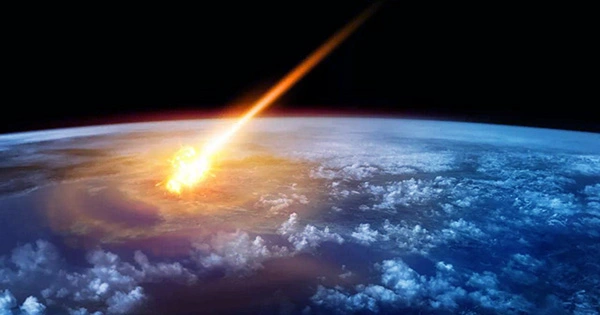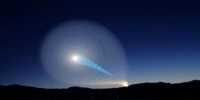Between April 5 and 6, a minor asteroid known as 2022 GN1 will travel by Earth at a safe distance of 127,000 kilometers (79,000 miles), or one-third of the distance between the Earth and the Moon. The item is a rock with a diameter of 7.2 to 16 meters (24 to 52 feet) that was discovered only last week, on April 1. The asteroid belongs to the Apollo group of asteroids. They are Earth-crossing objects that can approach our planet extremely closely. In many cases, their orbit puts them beyond Mars’ orbit, although their perihelion (closest point to the Sun) is closer than Earth’s.
With 16,045 objects as of today, the Apollo asteroids are the biggest collection of near-Earth objects. 1,924 of these are possibly dangerous. We are not in danger from the 2022 GN1, but if it were to come to Earth at some time in the future, it may be comparable to the 2013 Chelyabinsk bolide, which broke windows and caused damage in the eponymous Russian city but did not result in any fatalities.
To fully comprehend this item, further observations will be required, and you can participate in the most recent one. The near approach of the asteroid will be observed by astronomer Gianluca Masi and his Virtual Telescope Project later today, with streaming beginning at 9 p.m. EST. A massive fireball blazed above Chelyabinsk, Russia, on February 15, 2013. Due to footage shared on YouTube by Russian civilians, astronomers were able to view the asteroid crash event from over 400 distinct viewpoints. Scientists have gained a better grasp of how the fireball came to be thanks to the video recording and information acquired from Russian seismologists.
Dash cams, which practically every Russian driver owns in order to offer reliable eyewitness evidence for traffic incidents and theft, are responsible for a substantial portion of the accessible recordings. Scientists used information from cell phones and security cameras to establish the speed, magnitude, and force of the fireball’s shockwave.
Previously, scientists had to make educated guesses about impact occurrences based on computer simulations. Scientists’ understanding of asteroid impacts has been transformed by video footage from the Chelyabinsk catastrophe, and nine nations have already built a new modeling system based on this information.















